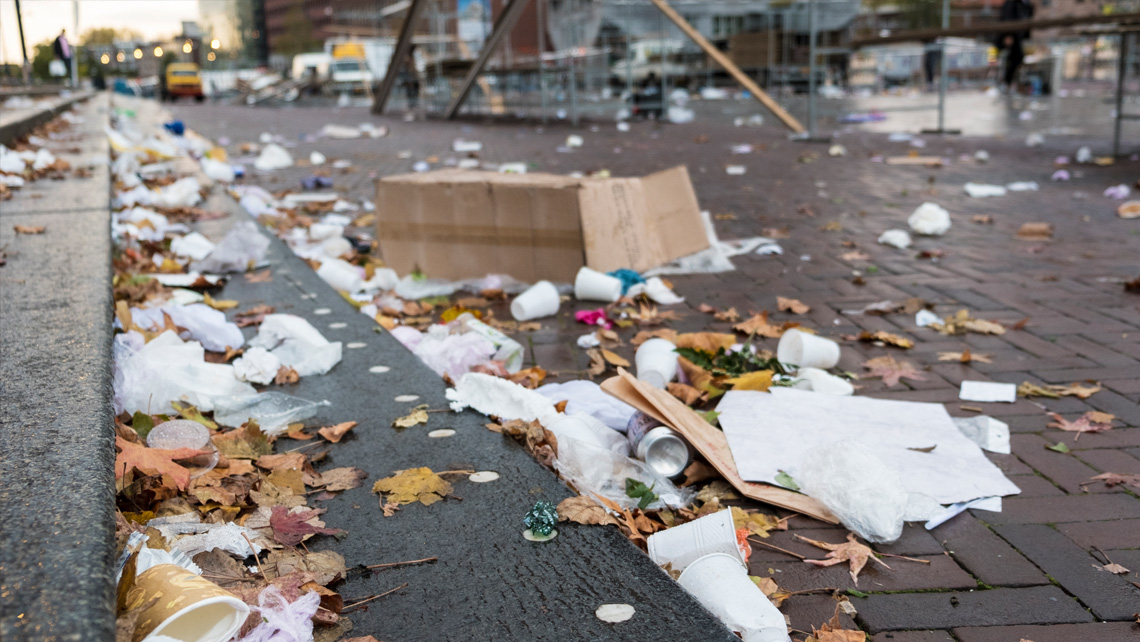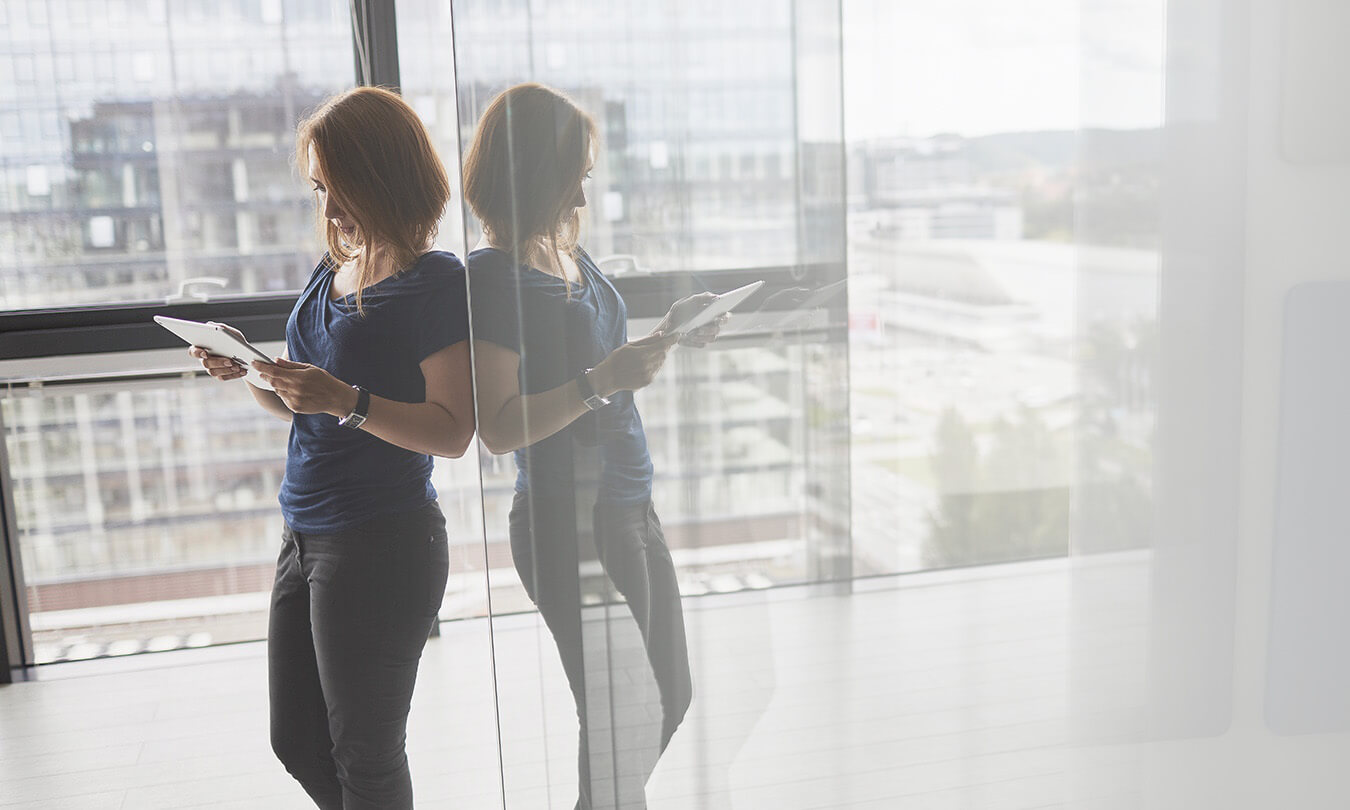Legislation regarding waste management and recycling in the EU is becoming more stringent as Europe moves towards a circular-economy way of thinking. The new laws require EU countries to recycle at least 65% of their municipal waste by 2035* in order to protect not only our environment, but also our health. The ultimate target is a closed loop of product lifecycles, from production and consumption to recycling and reuse. While municipalities are responsible for making sure that the proper infrastructure required by sustainable waste management is in place, it is up to us as individuals to use this infrastructure correctly.
Reduce, reuse, repurpose, recycle
While recycling might require a little bit of effort at first, once you get into the habit it’s easy to make it part of your daily routine. When your household waste is sorted into the correct containers it can be used as raw material for making new products or generating energy – but before simply tossing things away, take a moment to think about the other options open to you.
Reduce
Green thinking begins before you even leave for the supermarket. Make a list before you head out to the store to avoid buying unnecessary items, and minimize the amount of waste by avoiding individually packed products such as vegetables wrapped in plastic. Bigger paper and cartonboard packages are a better option as they can easily be recycled and the material reused. However, only buy the amount you’ll consume to avoid food waste.
Reuse
Instead of buying a new product, could you reuse something you already have at home? Reusable water bottles and shopping bags are a great example of a simple way to cut household waste, and plastic waste in particular. In Europe tap water is inexpensive, so filling your bottle from the tap saves money and the environment. Also remember that undamaged goods are not waste, and your trash could be someone else’s treasure. You can sell items that are in good condition at a flea market or online, or donate them to charity or a local recycling center.
Repurpose
Repurposing means using something for a different purpose than originally intended. This may require a bit of thinking and some handicraft skills, but you’d be surprised at how great the end result can be. Sites like YouTube and Pinterest are filled with great DIY ideas, like how to turn your old shoe boxes into beautiful gift packages using excess wallpaper or create a unique Christmas calendar from toilet paper rolls. Even the simplest things can make a difference, like reusing scrap paper for taking notes or saving it up for your kids to use as art material or drawing paper.
Recycle
For items that you can’t reuse or turn into something new, recycling is the most responsible way to dispose of them. Recycling is not only good for the environment, but it also makes you pay more attention to what ,and how much, you throw away. These days many of us stare in horror at the piles and piles of plastic we generate at home, most of which is now thankfully recyclable. Taking a good look in your recycling cupboard can be a sobering experience – and one which provides food for thought when it comes to reconsider your purchasing habits.

